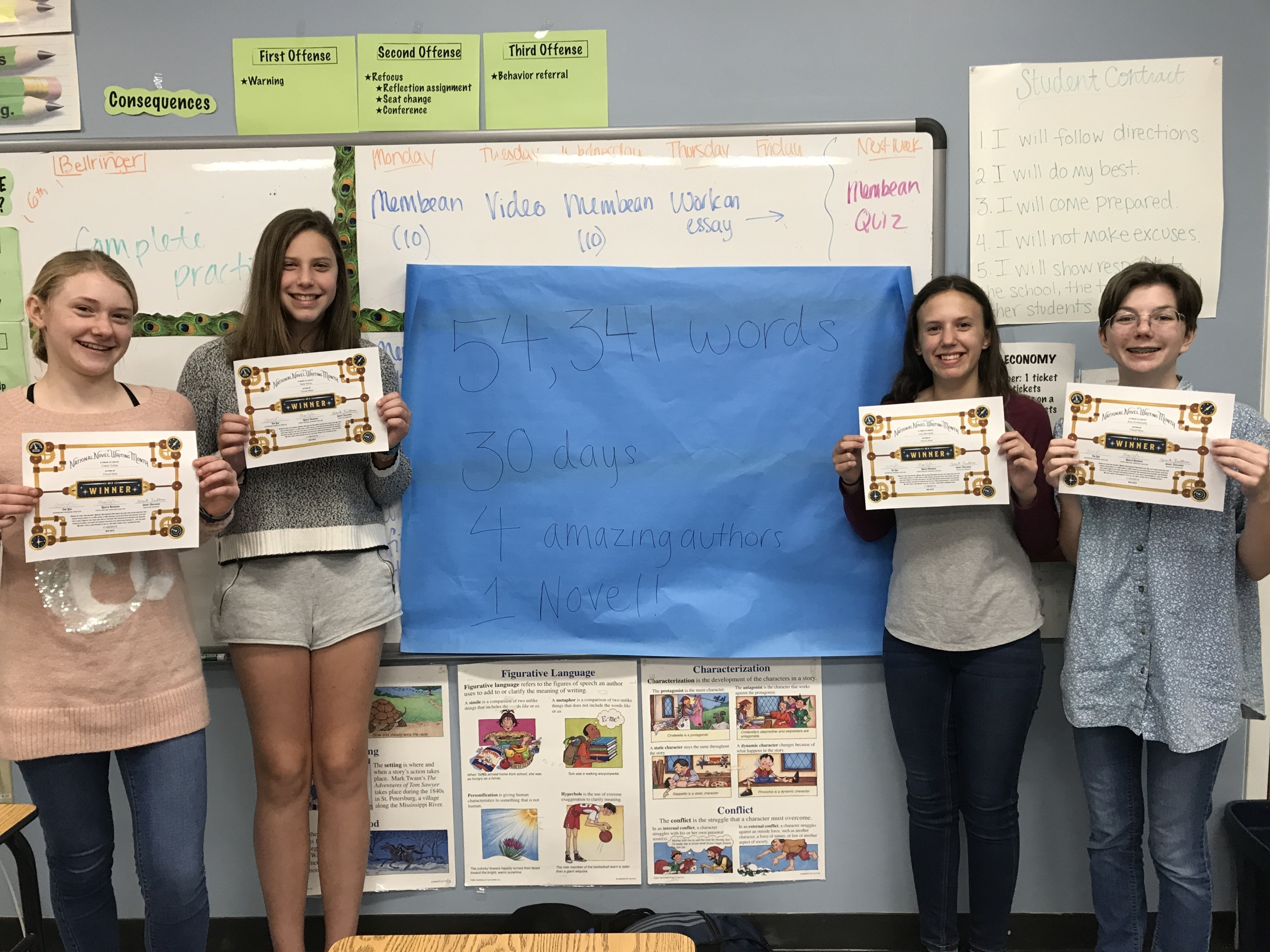December 12, 2019
As a baseball fan growing up in Bethesda, Maryland years before the Nationals’ eventual move to Washington D.C., I pulled hard for the Baltimore Orioles. I remember fondly trips to Memorial Stadium with my father, cheering for the Birds and then falling asleep during the rides home on 95 South. At age 11, I watched Cal Ripken play his first game for the O’s in May 1982. No one could have anticipated what happened next.
While Ripken soon transitioned from third base to shortstop, he never stopped playing. On September 6, 1995, Ripken played in his 2,131st consecutive game, surpassing Lou Gehrig’s streak (which had stood for 56 years) and officially becoming baseball’s Iron Man. I watched that game from my living room in St. Louis, and as a 23-year old, I cried tears of joy as he circled the field and acknowledged the fans. I was overwhelmed with pride and in awe of his accomplishment.
Since then, I have always loved streaks. Not so much winning streaks, but streaks that hinge on the daily grind. Ripken was a great player, but he is best known for fighting through the aches, pains, and nagging injuries that arise while playing 162 games in 180 days, and not taking a day off for more than 16 years.
Fast forward to 2017. Inspired by my baseball idol, motivated by my new Fitbit, and amused by some rather zany streaks accomplished by a lifelong friend, I proclaimed on February 1st that I would walk at least 10,000 steps a day for 1,000 consecutive days. To be clear, I was not striving for the extraordinary. Many of us walk this much on many days; my only challenge was to do it every day.
A few weeks ago (October 28, to be exact), I completed the streak. While there were a few nervous moments – a kidney stone and a nasty bout of food poisoning top the list – I was lucky to avoid any serious issues, and I just kept walking.
What I failed to anticipate in February 2017 is that adhering to this streak would fundamentally change my habits in profound ways. I became less sedentary, walking in between morning handshakes, intentionally parking far from stores, taking stairs instead of the elevator, and leaving my office more during the day. I also became more helpful, as I came to see walking the dog, grocery shopping, and even basic household chores as opportunities to get steps. A shift in mindset accompanied my new habits. Even this morning, as I frantically scoured the house in search of my daughter’s gym bag, my mood stayed relatively light as I thought about my increasing step count.
These thousand days afforded me a much greater respect for the power of habits, behaviors which grow stronger and more automatic over time. Psychologists explain that habits create neurological cravings – my wife would agree that I have become a compulsive walker – as our brains link reward pathways to these repeated behaviors. We certainly try to instill habits at home (brushing teeth, eating healthy, expressing gratitude) and at school (living the core values, reading, staying organized), and this can best be achieved when teachers and parents work together.
As a final note, I’ll share that I even re-read The 7 Habits of Highly Effective Teens by Sean Covey. While these habits are less quantifiable, they are certainly worthy of our consideration. For those who don’t plan to read the 245-page book, here’s a quick summary:
- Be Proactive. This begins with, yet ultimately goes far beyond, taking initiative. Being proactive means accepting responsibility for our actions, making choices based on principles, and becoming agents of change.
- Begin with the end in mind. Years ago, having learned that I had proposed to his daughter, my future father-in-law asked me about my 15-year plan. I suppose he wanted me to work on Habit #2.
- Put first things first. Moving from procrastinator to prioritizer requires that we devote more time to the “important but not urgent” quadrant of our lives.
- Think win-win. People with this mindset think in terms of “we” and not “me.” Founded in mutual respect, it makes conflict resolution possible and leads to powerful collaboration.
- Seek first to understand, then to be understood. “Doing good” often involves asking a question and then listening intently to the entire answer.
- Synergize. Avoid cliques. Celebrate differences. Reach out to others.
- Sharpen the saw. Adults should pay particular attention to this final habit. As we balance work with raising children, it’s important for us to carve out time for personal renewal.
My niece recently suggested that I shoot for 10,000 consecutive days. I’ll be back in touch in 2044.
Doug Norry
Head of School
